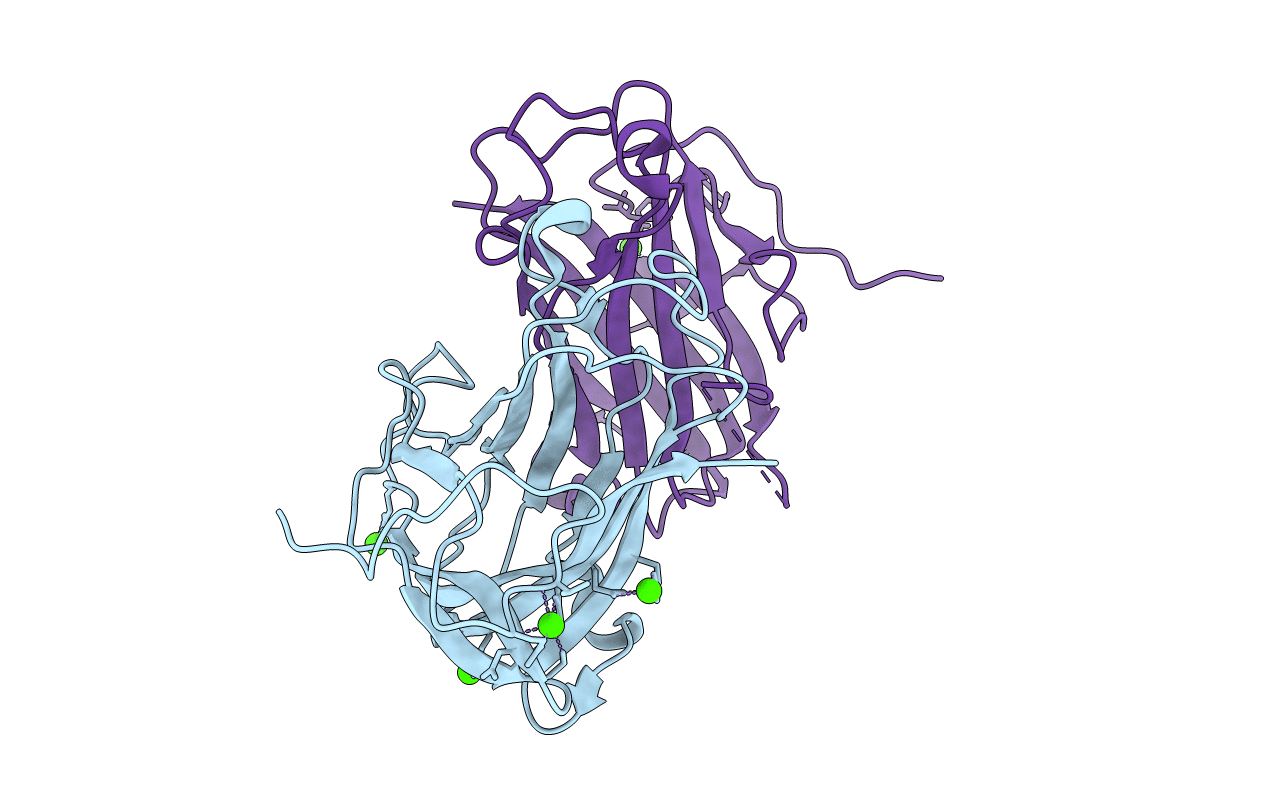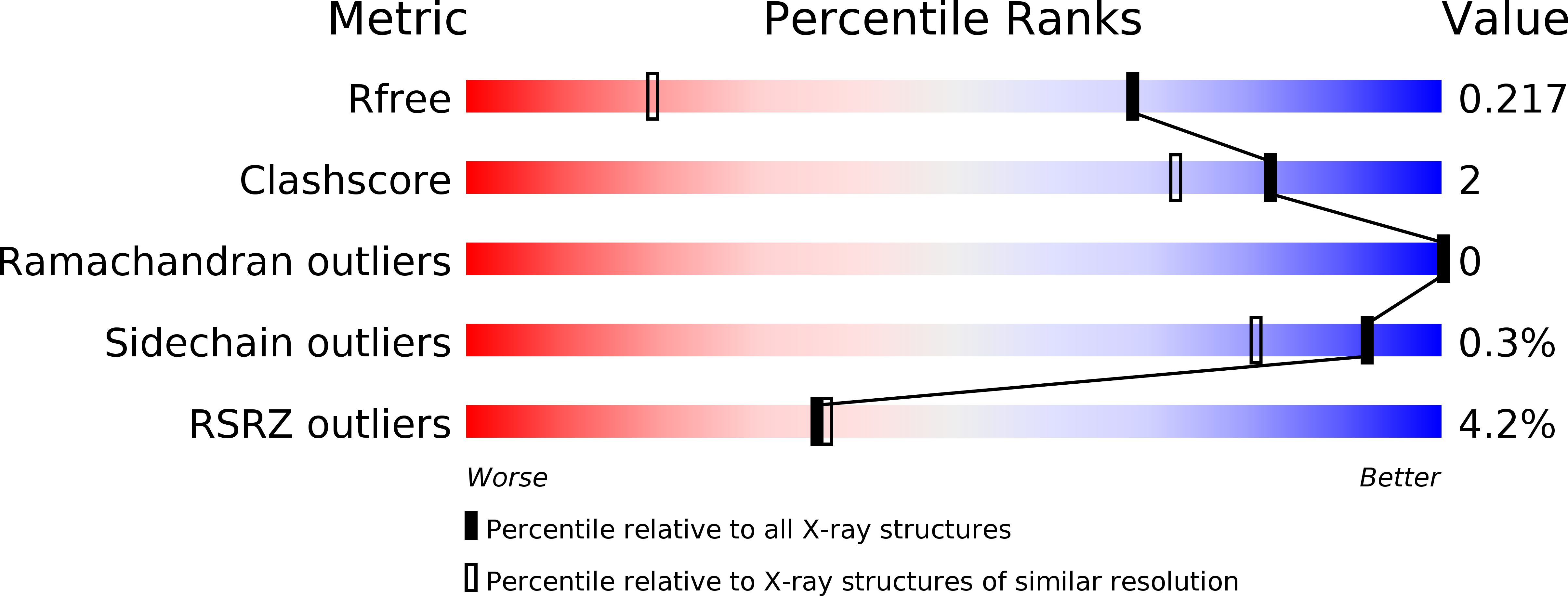
Deposition Date
2004-02-12
Release Date
2004-05-13
Last Version Date
2024-11-06
Entry Detail
PDB ID:
1UWW
Keywords:
Title:
X-ray crystal structure of a non-crystalline cellulose specific carbohydrate-binding module: CBM28.
Biological Source:
Source Organism:
BACILLUS AKIBAI (Taxon ID: 1411)
Host Organism:
Method Details:
Experimental Method:
Resolution:
1.40 Å
R-Value Free:
0.20
R-Value Work:
0.18
R-Value Observed:
0.19
Space Group:
P 21 21 21


